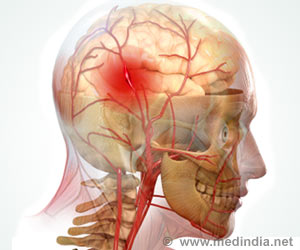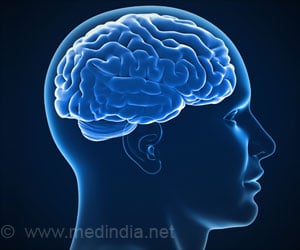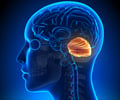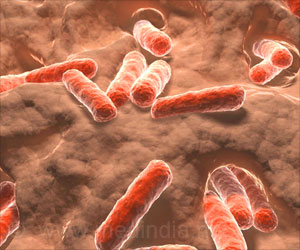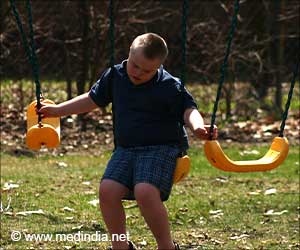Researchers use AI to illuminate our understanding of brain health including both brain aging and disorders.
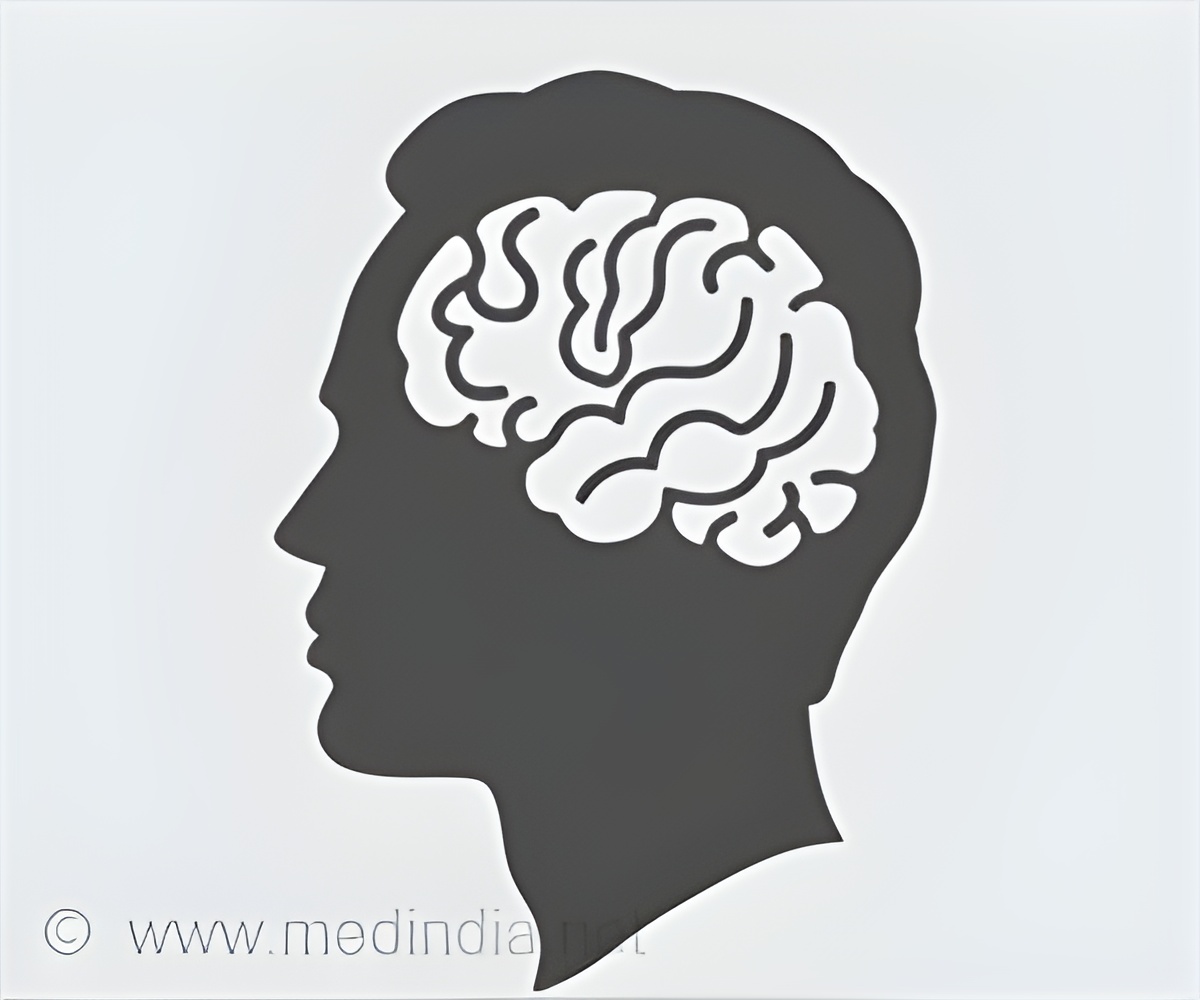
Histopathologic Brain Age Estimation via Multiple Instance Learning
Go to source). Mount Sinai says they have, for the first time, used AI to develop an algorithm they term “HistoAge” which predicts age at death based on the cellular composition of human brain tissue specimens with an average accuracy of within 5.45 years.
This powerful tool can also identify neuroanatomical regions vulnerable to age-related changes, an indicator of potential cognitive diseases.
‘Mount Sinai's AI model unlocks insights into brain aging and disorders, revolutionizing our understanding of brain health.
#Brainage, #AI, #Neurodegenerativedisorders, #Alzheimer'sDisease
’





Advertisement
Unlocking Brain Age
The researchers examined a collection of almost 700 digitized images of slides with human hippocampal sections from aged brain donors to develop the histological brain age estimation algorithm.The hippocampus is known to be involved in both brain aging and age-dependent neurodegenerative diseases and thus is an ideal region for this analysis.
The team then trained a machine learning model to estimate a person’s age at death based solely on the digitized section, a task that is impossible for a human observer to perform with any degree of accuracy.
They used the difference between the model-predicted age and actual age to derive the amount of age acceleration in the brain.
When compared with current measures of age acceleration (e.g., DNA methylation), they found that HistoAge-based age acceleration had stronger associations with cognitive impairment, cerebrovascular disease, and the levels of Alzheimer ’s-type abnormal degenerative protein aggregation.
The study found that the HistoAge model is a reliable, independent metric for determining brain age and understanding factors that drive neurodegeneration over time.
Advertisement
Game-Changer for Alzheimer's Research
The researchers said the HistoAge model, and other subsequent similar algorithms, represent an entirely new paradigm for assessing aging and neurodegeneration in human samples and can easily be deployed at scale in clinical and translational research laboratories.Further, this approach provides more rigorous, unbiased, and robust metrics of cellular changes underlying degenerative diseases.
The team will next build a multicenter collaboration to develop a large AI-ready dataset that will be used to develop even more powerful AI models that have the potential to transform and enhance our understanding of brain diseases.
"AI's disruptive influence on brain research is a paradigm shift propelling us towards the next generation of cures. The HistoAge model will enable us to uncover crucial causal aspects of debilitating brain diseases such as Alzheimers disease," says Mount Sinai's researcher Dr. Crary.
Advertisement
AI Predicts Brain Age
“Using the latest computational approaches, like AI, on human tissue samples from Mount Sinai's vast and diverse collections is a shift in the way we assess human diseases. Our novel HistoAge model is just one example of the way AI is paving the way for further discovery of the mechanisms of aging and neurodegeneration. Clinical scientists are increasingly using AI in research and diagnostic settings. It’s a tool that is revolutionizing medicine and we are excited to be leaders in this space, optimizing machine learning—not to replace our Health System’s commitment to compassionate care, but to improve diagnosis and treatment for all patients,” says Mount Sinai's researcher Dr. Farrell.“This model opens the floodgates for a slew of fascinating and essential analyses that bring us closer to finally understanding the aging brain and age-related brain diseases such as Alzheimer's. This is the first time we have been able to put a number to how much aging there is in the brain in pathology. With this approach, we can discover genes that protect against brain aging or genes that make aging worse in the brain, as well as discover the environmental risk factors that make individuals' brains age faster,” says Mount Sinai's researcher Dr. Marx.
Reference:
- Histopathologic Brain Age Estimation via Multiple Instance Learning - (https://link.springer.com/article/10.1007/s00401-023-02636-3)
Source-Eurekalert

